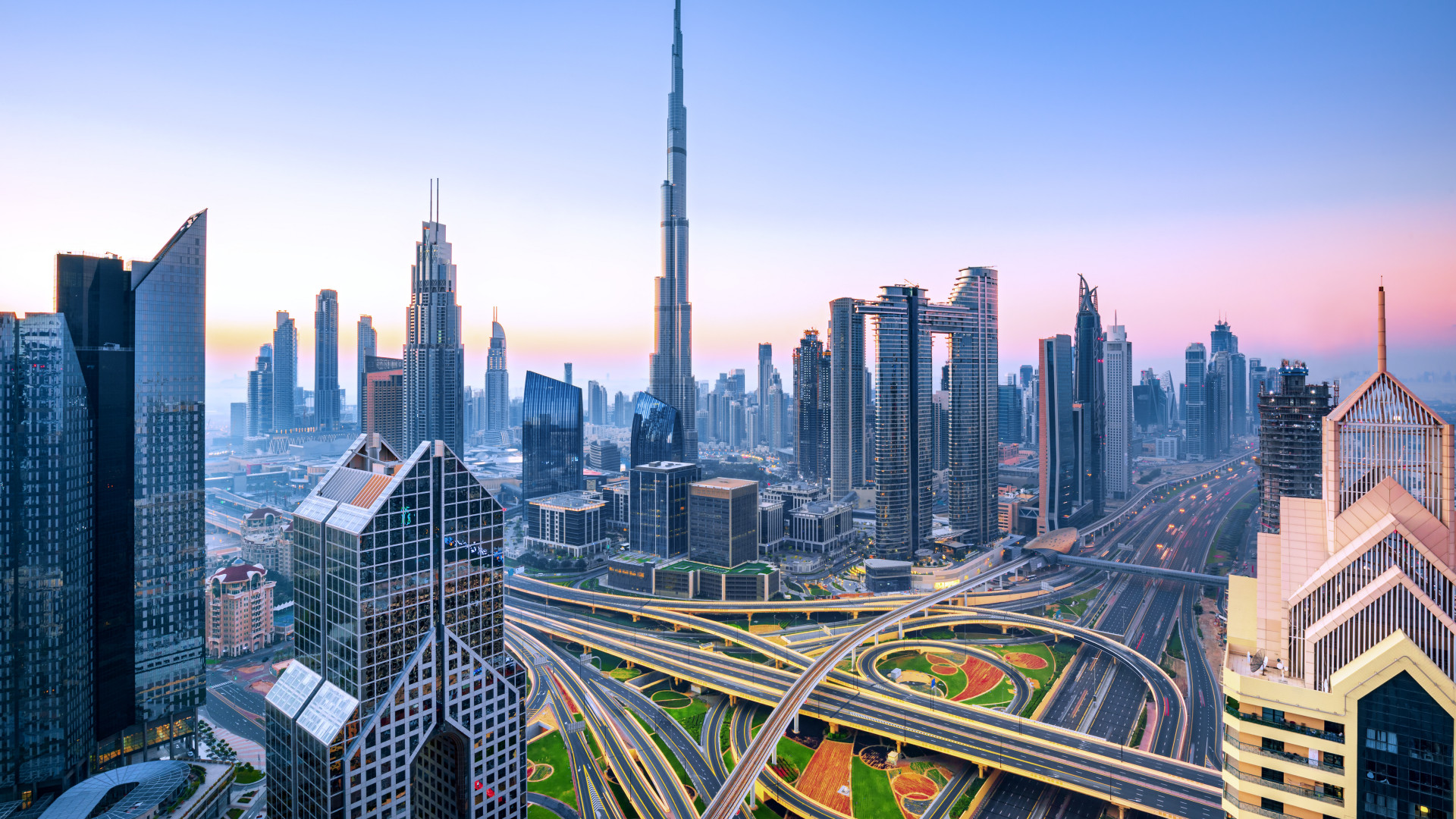
Blogs
Major Seaports in the UAE
As a global trade hub, the UAE’s strategic location has made its seaports some of the busiest and most advanced in the world. With 12 commercial trading ports, 310 berths, and a cargo capacity of 80 million tonnes, the UAE plays a critical role in facilitating international trade and logistics. From handling massive container shipments to supporting cruise tourism, the country’s ports drive economic growth and position the UAE as a leader in maritime trade.
Major Seaports in the UAE
The UAE’s ports are key players in global logistics, ensuring smooth cargo movement across continents. Here’s a look at some of the country’s most significant seaports:
1. Jebel Ali Port (Dubai) – The Region’s Largest Trade Hub
- Operated by: DP World
- Key Features: One of the world’s top 10 busiest container ports, handling millions of TEUs (Twenty-foot Equivalent Unit) annually.
- Role: A critical gateway for cargo movement, serving over 150 shipping lines and connecting to 180 ports worldwide.
2. Khalifa Port (Abu Dhabi) – The First Semi-Automated Port in MENA
- Operated by: Abu Dhabi Ports
- Key Features: A high-tech port covering 420 sq. km with an intermodal transport network linking sea, road, and air.
- Role: Supports the Khalifa Economic Zone (KEZAD) and serves as a key export hub for UAE industries.
3. Mina Rashid (Dubai) – The Leading Cruise Terminal
- Operated by: DP World
- Key Features: A dedicated cruise terminal and former cargo hub.
- Role: Plays a major role in the UAE’s tourism sector, welcoming thousands of cruise passengers annually.
4. Zayed Port (Abu Dhabi) – A Legacy Port for General Cargo
- Operated by: Abu Dhabi Ports
- Key Features: Abu Dhabi’s main port for over 40 years, now dedicated to cruise liners.
- Role: Supports maritime tourism and regional trade activities.
5. Khor Fakkan Container Terminal (Sharjah) – A Deep-Sea Trade Gateway
- Operated by: Sharjah Ports Authority
- Key Features: The only natural deep-water port in the region.
- Role: A strategic hub for transshipment trade between the East and West.
6. Mina Saqr (Ras Al Khaimah) – A Key Bulk Cargo Port
- Operated by: RAK Ports
- Key Features: Specializes in bulk cargo shipments, particularly construction materials.
- Role: Supports the UAE’s growing infrastructure sector.
7. Fujairah Port – A Critical Oil & Bunkering Hub
- Operated by: Fujairah Port Authority
- Key Features: A multi-purpose port strategically located on the Gulf of Oman.
- Role: One of the world’s largest refueling and oil bunkering ports.
The UAE’s Global Maritime Influence
- 61% of GCC cargo passes through UAE ports, reinforcing its position as a trade leader.
- UAE ports connect to over 70 international destinations, supporting seamless global logistics.
- Ports like Khalifa Port are integrating with Etihad Rail, enhancing intermodal transport efficiency.
Conclusion
From handling bulk commodities to facilitating transshipment and cruise tourism, the UAE’s world-class seaports are central to the nation’s economy and its role in global trade. With continuous investment in maritime infrastructure, the UAE is further strengthening its position as an international logistics powerhouse.
As trade expands, so do the financial risks. At Etihad Credit Insurance (ECI), we provide trade credit insurance solutions to help UAE businesses secure their transactions and mitigate non-payment risks.
👉 Learn how ECI supports businesses in global trade. Explore Our Solutions




